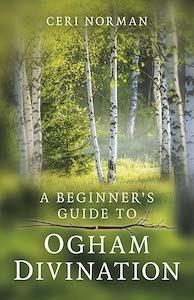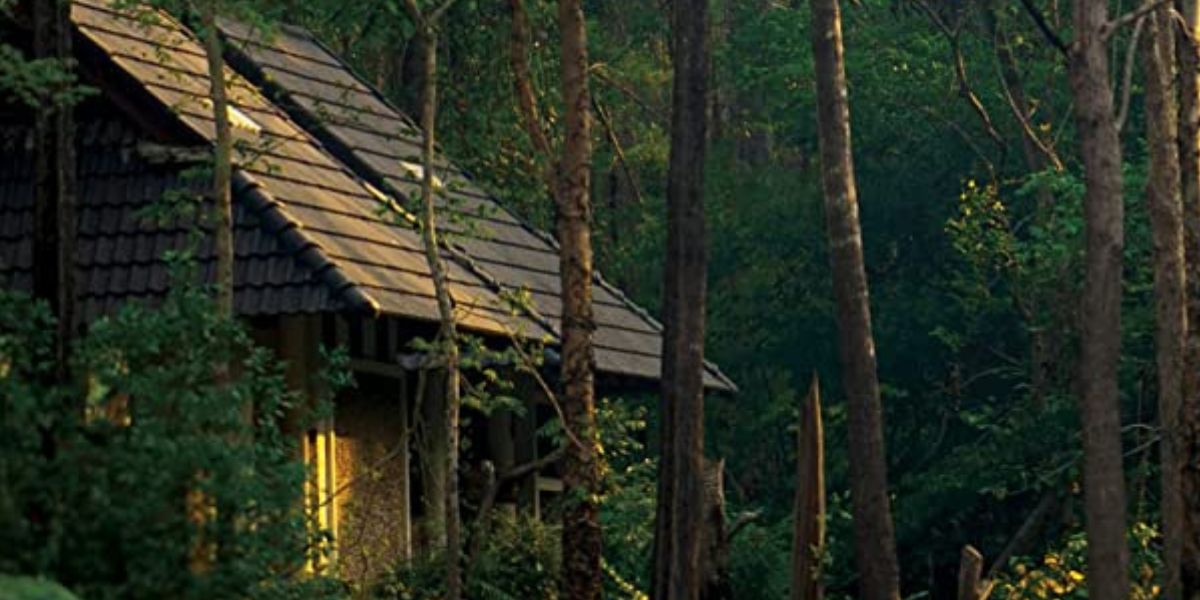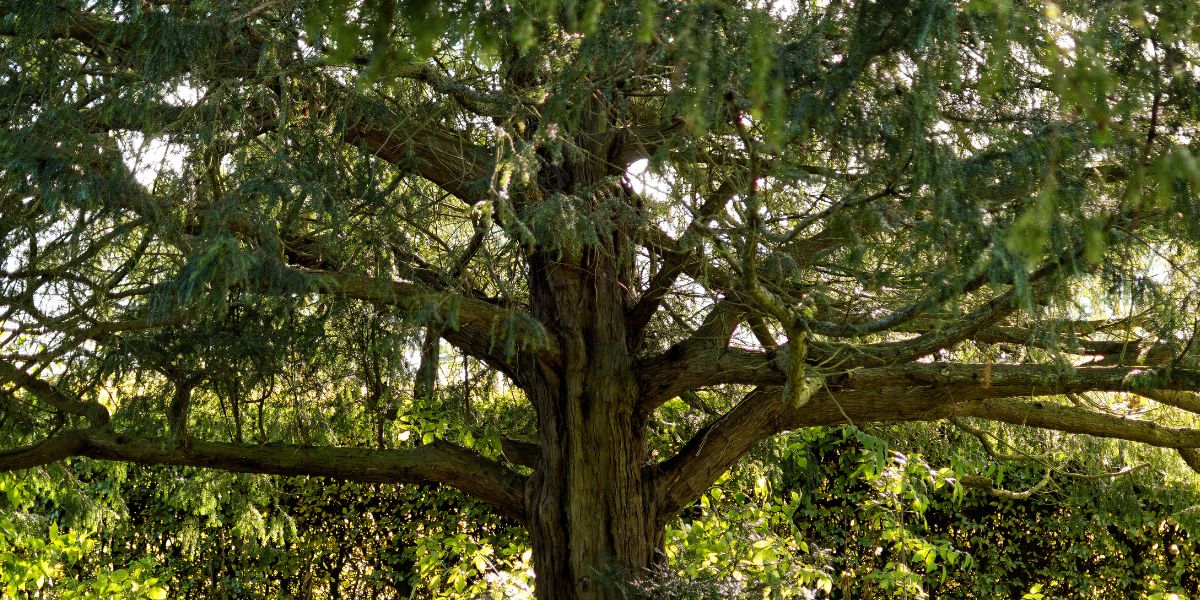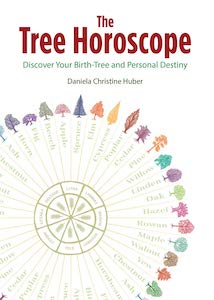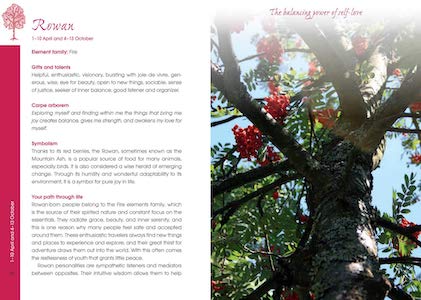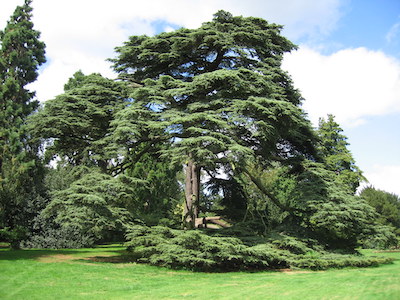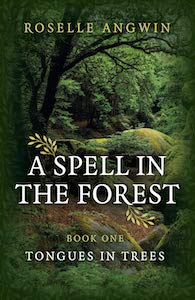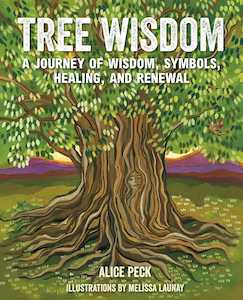
Tree Wisdom: A Journey of Wisdom, Symbols, Healing, and Renewal, by Alice Peck with illustrations by Melissa Launay
CICO Books, 1800652631, 144 pages, September 2023
Full transparency, I’m a tree hugger. I live on a property that is home to many trees, mostly pine. I hug them, I talk to them constantly. I share my life with them, I ask for their advice. They’ve seen my children grow up, move away, and return with their own children. And today, as I write, the old tree that is in the front of the property, is being cut down. I avoided it for so long, but the majority of the tree is dead and is dropping limbs onto the road that could harm a pedestrian or someone in a car. I made my peace with the tree and thanked it, but I have to admit the grinding of the wood chipper is unnerving. The irony of the fact that it’s being cut down as I write about Tree Wisdom: A Journey of Wisdom, Symbols, Healing, and Renewal, by Alice Peck is not lost on me.
Peck shares a similar love and appreciation of trees. The kernel of the book started with a relationship that she had with a maple tree, one that was a part of her life and amazingly survived Hurricane Sandy. Peck understands the wisdom that trees impart, if we are willing to listen, to engage with and to, as she encourages, be more tree. As she observes, we all have access to trees, no matter where we live. She shares how trees move and steady her.

The book is divided into four “useful but arbitrary”1 sections: “Roots”, “Branches”, “Leaves”, and “Seeds”. Each section profiles a type of tree accompanied by Melissa Launay’s colorful illustrations. There are also quotes for each profiled tree from a myriad of individuals from Marcus Tullius Cicero, a Roman philosopher, to poets such as George Marion McClellan and Walt Whitman, and to authors such as Virginia Woolf. Also, for each tree, Peck includes either a suggestion. These suggestions range from how to tree bathe to how to dine on fruits of trees.
The section “Roots” revolves around wisdom, lore, understanding, and, of course, on foundation – our foundations, be they family and/or cultural. She encourages the reader to “consider how we are rooted in time.”2 The interconnectedness of tree systems, whether roots are shallow or run deep, the tenacity of trees to survive. In this section, I particularly liked the profile of Cinnamon and its importance in trade.
The trees in the “Branches” section are associated with symbols, myths, and rituals. Peck shares that for her all trees have meaning, in a general sense and in a very personal way. Many will develop a relationship with a certain tree or grove of trees that are in their lives; the tree you pass every day, the trees you visit every year on a vacation – all personal.
Healing, science, and practical applications are the focus of the “Leaves” section. Leaves are the most obvious way that most of us use to identify trees. “Just as every tree has a specific leaf identity, many trees heal in a specific way.”3
The “Seeds” section is all about awareness, transformation, and spirituality. “Trees are a lesson in transformation – from a pip and a promise to towering and enduring.” (102) Peck meditates on whether the trees that she sees were planted on purpose or “just the miracle of the wind and weather?”4 She focuses on how trees teach us about hope, transformation, tending to, quiet, solitude and community, healing, and endurance.

“They’re also the way that humans can touch the future. A seed is a promise, a hope, and it’s not just the promise that trees make to us, but the promise that we make to trees – for what’s a tree without the planting, tending, and the protection?”5
The book ends with the profile of the Sequoia, some of which are over 2,000 years old, which was just one of many facts I learned while reading. For instance, I’ll admit to not having known that Frankincense is a tree until I read this book. Its resin is prized and in the New Testament its resin was offered as one of the gifts from the Magi to the baby Jesus. Ayurvedic medicine uses it for healing.
I found myself feeling very zen while flipping through the pages. Launay’s illustrations are bright and colorful, but also convey a sense of calm and stability, just like the towering presence of trees. While Peck shares insights about each tree, Launay captures the tree’s spirit, bringing them to life.
I recommend Tree Wisdom without reservation, and I suggest that you read at least part of it in the company of a tree. The multiple angels Peck approaches our loving tree friends will surely bring inspiration and refreshment to your spirit. Now, I will go to the nursery and select a sapling to plant at the site where my old tree was just felled!
Anne Greco is a non-fiction writer who writes about her life experiences and travels with humor, keen observations, and the hope that her words will remind us that “we’re all just walking each other home.” Her book, Serendipity: Chance Pilgrimages, tells the story of Anne encountering her places of power. As she reconnects with herself at each site, Anne also develops a deeper understanding and appreciation of her connection to both the seen and unseen worlds. Learn more about her work here: http://annegrecowriter.com.


